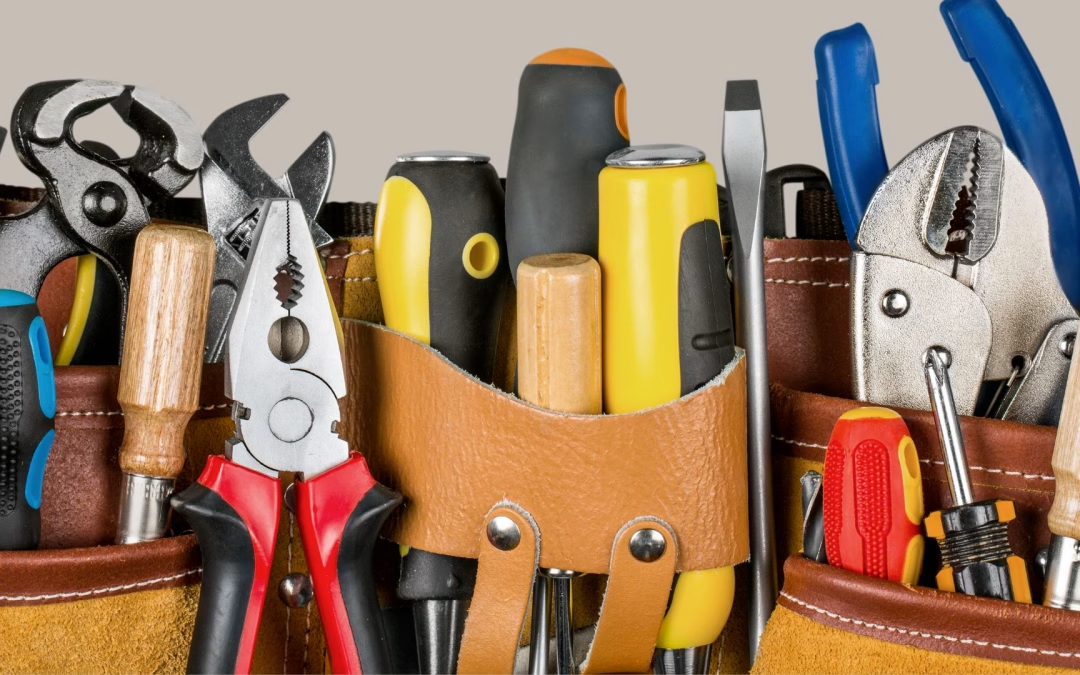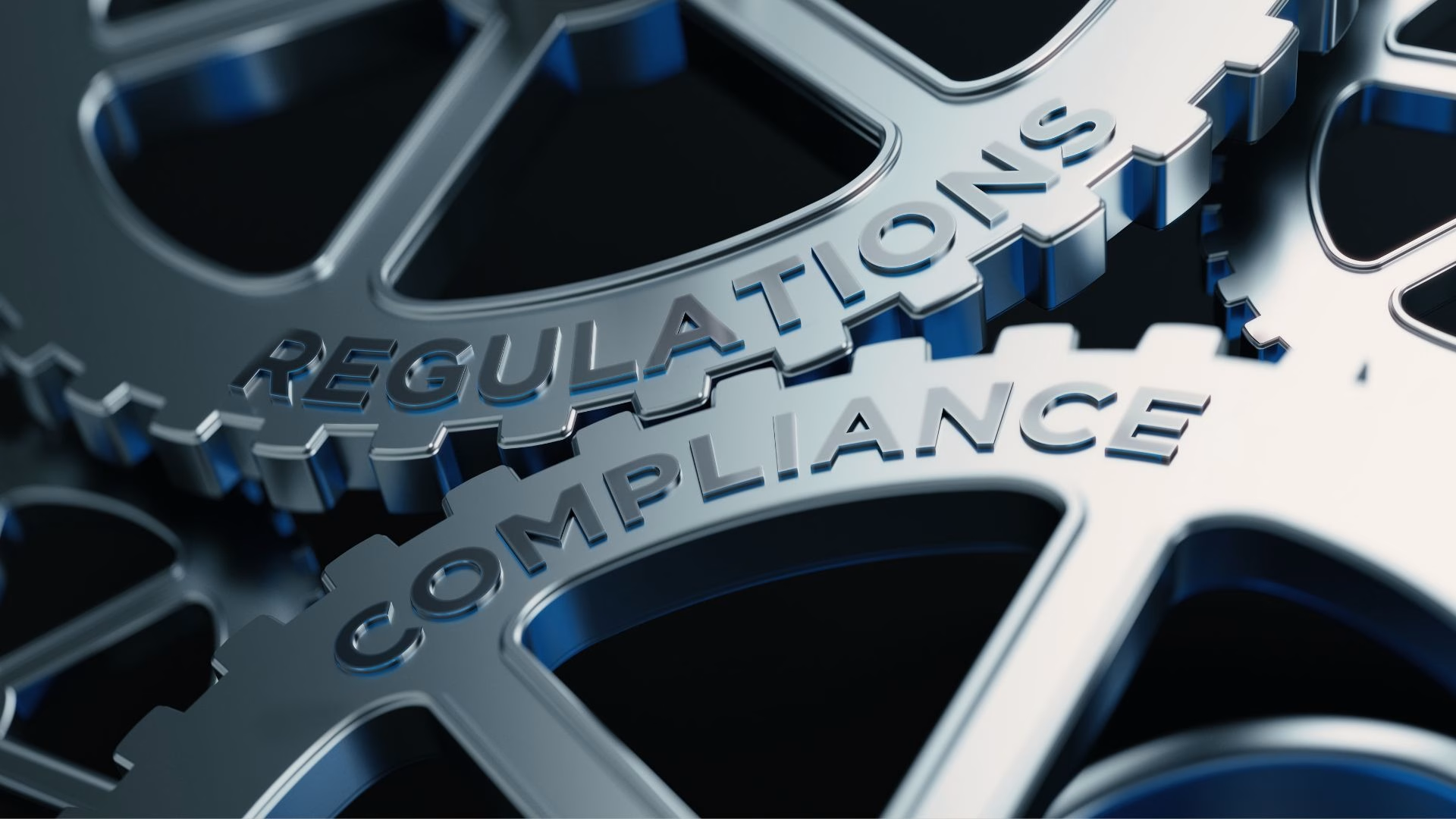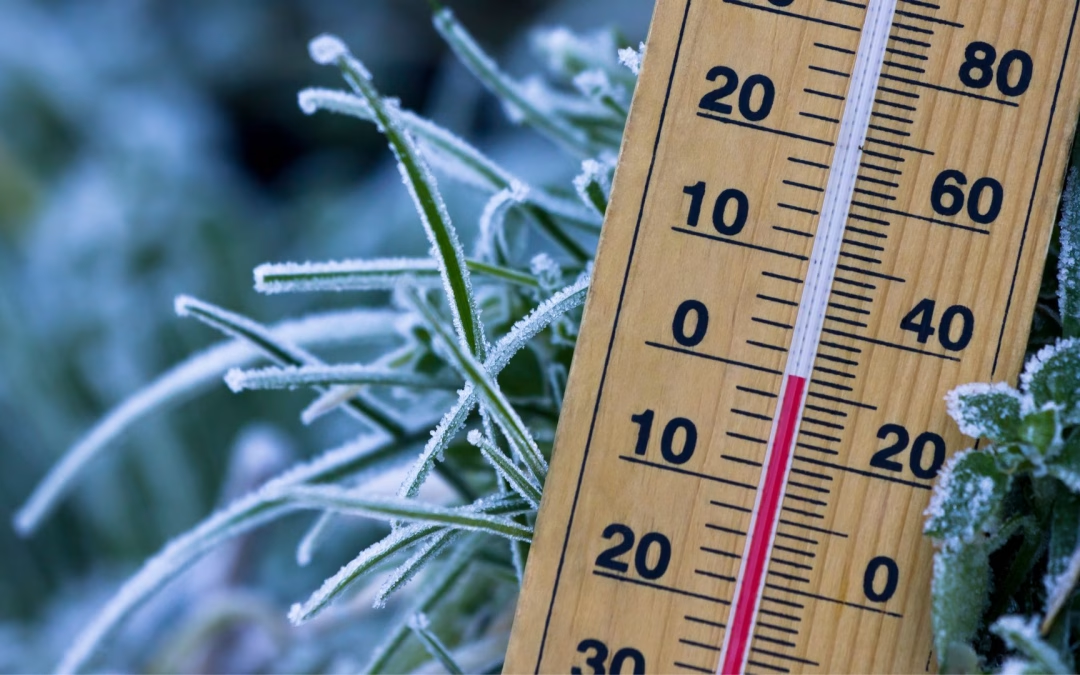
Feb 24, 2025
You already know that disaster restoration is a demanding industry that requires specialized equipment to dry, clean-up, repair, and restore damaged properties. Often, in the rush to make the next buck, we fail to properly maintain this equipment. We also know, (or should know) that proper maintenance is crucial for ensuring safety, reliability, and efficiency. Regular upkeep prevents breakdowns, extends machinery lifespan, and reduces costly repairs. However, when maintenance is neglected, both the job and the equipment suffer, leading to operational inefficiencies, financial losses, and even potential safety hazards.
Equipment Breakdown and Downtime
One of the most immediate consequences of improper maintenance is the increased likelihood of equipment breakdown. Restoration projects operate under strict timelines, and an unexpected failure of a dehumidifier, air scrubber, or water extractor can significantly delay progress. When equipment fails, jobs take longer to complete, leading to frustrated customers and potential loss of business. Additionally, downtime forces restoration companies to rent or purchase replacement equipment, which adds unexpected costs that could have been avoided with some simple, easy maintenance.
Even a bigger headache is when OSHA or other inspectors find frayed or cut cords on your equipment. It’s not talked about much, but cut or damaged extension cords are illegal to use and can cause injury or death. Cutting the ground plug off the end is certainly a no-no.
Increased Repair and Replacement Costs
Equipment that is not properly maintained deteriorates faster, leading to costly repairs and, in some cases, complete replacement. For example, failing to clean air filters in dehumidifiers and air scrubbers can cause motors to overheat, resulting in expensive repairs. Similarly, ignoring oil changes or lubrication needs in heavy machinery leads to mechanical failures. So many times, we fail to follow diesel generator suggestions for changing the oil at the right intervals. Most have 50 hours as a recommendation to change the oil and filter. Incurring minor maintenance costs help prevent spending thousands of dollars on major repairs or new equipment purchases, impacting profitability. With diesel generators costing $50,000 or more, spending an hour and $100 seems logical and appropriate.

Reduced Efficiency and Performance
Disaster restoration equipment is designed to operate at peak efficiency, ensuring that water extraction, drying, and air purification processes are completed as quickly and effectively as possible. When maintenance is neglected, machines work harder to achieve the same results, leading to increased energy consumption and reduced performance. A clogged vacuum filter, for instance, forces an extractor to use more power, which not only increases electricity costs but also reduces the machine’s ability to remove water effectively. Poorly maintained equipment can extend the time required to complete restoration projects, which negatively impacts customer satisfaction and company reputation. Something as simple as cleaning fan blades, checking for damaged cords, plugs, and switches can make all the difference. Even taking a few moments to lubricate the motor can help.
Safety Risks and Liability Issues
Failure to maintain disaster restoration equipment can pose serious safety risks to workers and customers. Malfunctioning electrical equipment increases the risk of short circuits and fire hazards, while mechanical failures in heavy-duty machines can lead to accidents and injuries. Additionally, improper maintenance of air scrubbers and dehumidifiers can lead to mold growth and poor indoor air quality, putting both employees and customers at risk. When accidents or health hazards occur due to poorly maintained equipment, restoration companies can face legal liabilities, lawsuits, and damage to their credibility. Making sure coils in portable dehumidifiers are clean, and changing the filter as needs will ultimately pay big dividends.
Compromised Job Quality and Customer Dissatisfaction
The success of disaster restoration projects relies on the ability to restore properties effectively and efficiently. Poorly maintained equipment leads to subpar results, such as incomplete water extraction, lingering odors, and insufficient drying, which can cause long-term damage to properties. Customers who experience inadequate service due to equipment failures are less likely to trust the company again and may leave negative reviews or complaints, damaging the business’s reputation. We know that Word-of-mouth referrals are valuable in the disaster restoration industry, and dissatisfied customers can drastically impact future business opportunities.

Compliance and Insurance Implications
Most disaster restoration projects must adhere to industry standards and insurance requirements. Neglecting equipment maintenance can result in non-compliance with regulations set by organizations such as the Institute of Inspection, Cleaning and Restoration Certification (IICRC) or the Occupational Safety and Health Administration (OSHA). Additionally, insurance providers could refuse claims related to equipment failures if maintenance records show negligence, leading to financial burdens for the company.
Regular maintenance of disaster restoration equipment is essential for ensuring safety, efficiency, and profitability. Neglecting maintenance leads to equipment failures, increased costs, safety risks, and dissatisfied customers, all of which can severely impact business operations. By implementing routine inspections, timely repairs, and proper cleaning protocols, disaster restoration companies can avoid costly setbacks and provide reliable services. Investing in preventive maintenance not only extends the lifespan of essential equipment but also contributes to a safer and more efficient work environment.
First Choice Equipment Sales and Service sells high-quality drying equipment for construction, restoration, and property renovations. Buying your used equipment can help you upgrade and improve your inventory. If you are trying to sell used equipment, please call us for an estimate. We have completely refurbished used equipment.
Written by: Beth Hinton and D Wagner

Jan 27, 2025
We all know that disaster restoration equipment is critical in addressing emergencies caused by water, fire, and storm damage. However, the vulnerability of this equipment to freezing temperatures presents a significant challenge, particularly during extended cold periods. We’ve written about this in the past, but we have added a couple of other considerations not previously mentioned. Extreme cold can damage sensitive components, compromise functionality, and lead to costly repairs or replacements. The last thing you need when you have a $10,000 or $100,000 job in front of you is equipment not working.
By taking proactive measures, restoration contractors can protect their investments and ensure equipment remains operational when needed most. We’ll outline effective strategies for preparing and safeguarding disaster restoration equipment against freezing temperatures.
Climate-Controlled Storage
One of the most effective ways to protect restoration equipment is by storing it in climate-controlled facilities. As a restoration contractor, you should already be doing this! Portable dehumidifiers, air movers, extraction machines, and other sensitive devices are particularly prone to damage in freezing conditions. Storing equipment in a temperature-regulated environment ensures that critical components, such as coils, pumps, and electronic circuitry, remain properly functional. If you own a large generator or a trailer-mounted desiccant, you should really consider keeping them in a climate-controlled building during the bitter cold. Air Scrubbers, Moisture Meters, and deodorization equipment are also vulnerable to bitter cold.
Winterizing Trailer-Mounted Desiccants
Trailer-mounted desiccants are important for large-scale drying operations, but they are not immune to the effects of freezing weather. If you have a propane-fired desiccant, freezing cold temperatures can cause the propane tanks to freeze. You’ll find propane units are quite temperamental in cold weather, and you may need to warm the propane tanks. Be sure that if they are diesel-fired, the diesel has the appropriate additives to ensure proper starting and running. Consider covering your generators and desiccants with weather-proof tarps and thermal blankets during the bitter cold temperatures.
Maintaining Tires and Trailers
Trailers used to transport equipment face unique challenges in winter. This is an often-overlooked area! Cold weather causes tire pressure to drop, increasing the risk of blowouts or accidents. Regularly check and adjust tire pressure to the manufacturer’s specifications. Ensure that tires are in good condition and have adequate tread for traction on slippery roads. To prevent trailers from becoming stuck in mud or snow, keep tow vehicles equipped with chains, shovels, and gravel or sand for added traction. Performing routine inspections of trailer hitches, lights, and brakes can also improve safety and reliability during transport. We see so many trailers rolling down the road with no lights, weaving back and forth because of inadequate towing vehicles, and even parked on the side of the road with flat tires. Don’t let this happen to you.
Using Portable Heating Solutions
Portable heaters are also vulnerable simply because the fuel (gas or oil) can be difficult in freezing conditions. When using portable heaters, prioritize safety by ensuring proper ventilation and using models designed for enclosed spaces. Position heaters away from flammable materials and monitor them regularly to prevent overheating or fire hazards. Never use gas or oil heaters inside a building. Carbon monoxide is not your friend.
Protecting Portable Dehumidifiers
Portable dehumidifiers are extremely sensitive to freezing temperatures, as frozen coils, lines, and pumps can cause irreversible damage. Purging the portable desiccant will help rid it of water. Always pull back the filter and pour RV antifreeze or 20º below zero windshield fluid in the unit. After using it, you should be inspecting and changing these filters. They need to be clean for efficient operation. Before storing or transporting these units in freezing weather, ensure they are fully drained of water. Some dehumidifiers have built-in defrost cycles to prevent freezing during operation, but it’s still important to monitor them closely in low-temperature environments. For added protection store these units in heated spaces when not in use.
Emergency Preparedness Supplies
Having an emergency preparedness kit specifically for freezing weather can save valuable time and prevent damage to equipment. Include items such as antifreeze, insulated covers, portable heaters, and repair tools in your kit. Keep these supplies readily accessible, especially during winter months. Training staff on proper cold-weather protocols ensures that everyone is equipped to manage unexpected temperature drops effectively. Cold weather does require you to be more diligent and plan for the challenges you will face. Most times, when responding to disaster emergencies, flawless working equipment can mean the difference between doing the job right or getting kicked off the job because you couldn’t perform in a timely manner. Things like cleaning liquids and other chemicals are also vulnerable to freezing. Kee[ this inside in a heated area.
Routine Maintenance and Inspections
Most contractors are lax when it comes to preventative maintenance. However, it is crucial to keep disaster restoration equipment in optimal condition. Regularly inspect and service all equipment, paying special attention to components that are prone to freezing or wear. Replace worn seals and test electrical systems to identify potential issues before they become critical. Keep diesel and gas tanks full while waiting for that job. Keeping detailed maintenance records allows for better tracking of equipment performance and timely interventions. Service desiccants and generators according to the appropriate maintenance schedule.
Planning Ahead for Winter Projects
Prepare for unexpected expenses, such as vehicles needing to be towed or your equipment not working properly. Many times, your own facility is vulnerable – be prepared. Consider providing warm clothing for your staff who will work outdoors in the brutal cold. You may even have significant overtime pay for workers who need to do extended work. And don’t forget to remind your drivers that they need to use extreme caution and drive slower. Especially towing trailers or driving bigger trucks.
Protecting disaster restoration equipment from freezing temperatures requires a combination of proactive planning, regular maintenance, and the use of protective measures. By implementing strategies such as climate-controlled storage, winterizing trailer-mounted units, and maintaining proper tire and trailer conditions, restoration professionals can ensure their equipment remains functional and reliable.
Investing time and resources into these precautions not only extends the lifespan of critical tools but also enhances the ability to respond effectively to emergencies, regardless of the weather. In an industry where readiness is paramount, safeguarding equipment against freezing weather is an essential part of maintaining operational excellence. When parts or supplies are needed, call us so we can get them to you fast.






 You are putting all your trust in a machine and it’s highly likely that your “best first impression” fails miserably, so, when things go wrong on the initial answer, (machine pick-up) there is not usually a chance to fix the issue.
You are putting all your trust in a machine and it’s highly likely that your “best first impression” fails miserably, so, when things go wrong on the initial answer, (machine pick-up) there is not usually a chance to fix the issue.
